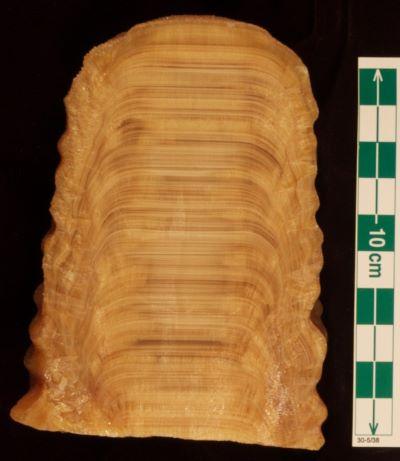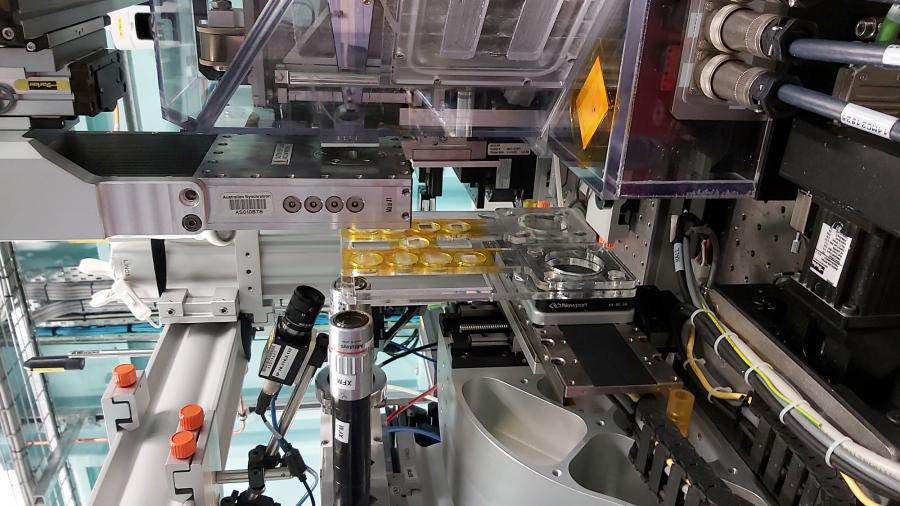Key Points
ANSTO and UNSW researchers have developed a new method for reconstructing the country's fire history using cave stalagmites.
This work could help inform future bushfire hazard reduction strategies and improve our understanding of how past fire regimes have been influenced by climate, land-use change, and human activity.
A collaboration between ANSTO and UNSW researchers has led to a new method for reconstructing the country's fire history using cave stalagmites.
The new approach, published in Reviews of Geophysics, could help inform future bushfire hazard reduction strategies and improve our understanding of how past fire regimes have been influenced by climate, land-use change, and human activity.
The research team, including UNSW researchers Professor Andy Baker and Dr Micheline Campbell and ANSTO researchers Dr Pauline Treble, Dr Liza McDonough, and Nevena Kosarac (UNSW Honours graduate and AINSE awardee), used stalagmites from Yanchep National Park in Western Australia to construct a timeline of past bushfires.

Metals leached from ash following fire events are incorporated into the stalagmites.
The team analysed these leached metals using ICP-MS techniques and X-ray fluorescence microscopy (XFM) at the Australian Synchrotron with the help of instrument scientists, Dr David Paterson, Dr Daryl Howard, and Henri Wong.
The resulting trace metal data enabled the team to count and date peaks in metal concentrations resulting from the ash, revealing a record of past fires.

The team's dataset is the world's first to use stalagmites to reconstruct individual past fire events.
It includes pre- and post-colonial burning regimes for Yanchep National Park and could be applied to other fire-prone regions around the world.
The team's findings are also detailed in an Editors' Vox article "Using Cave Formations to Investigate Ancient Wildfires", which highlights the potential for environmental proxy archives to improve our understanding of historical fire behaviour and human-climate-fire relationships.
Australia has experienced an increasing trend in extreme fire weather and a longer fire season in recent decades.
In 2019-2020, bushfires destroyed almost 17 million hectares of land, highlighting the need for a better understanding of past fire behaviour.
The new method could inform changes to bushfire hazard reduction strategies in Australia and elsewhere.
Related research has already informed changes to the NSW Department of Planning and Environment policy on hazard reduction burns in karst areas in NSW National Parks.
Future studies will aim to reconstruct the severity of historical bushfires and wildfires using the same technique.
This could provide valuable insights into how past fire regimes have varied over time and inform efforts to prevent and manage bushfires in the future.
As climate change continues to increase the risk of extreme weather events, such research will become increasingly important for managing the risks of bushfires and other natural disasters.






